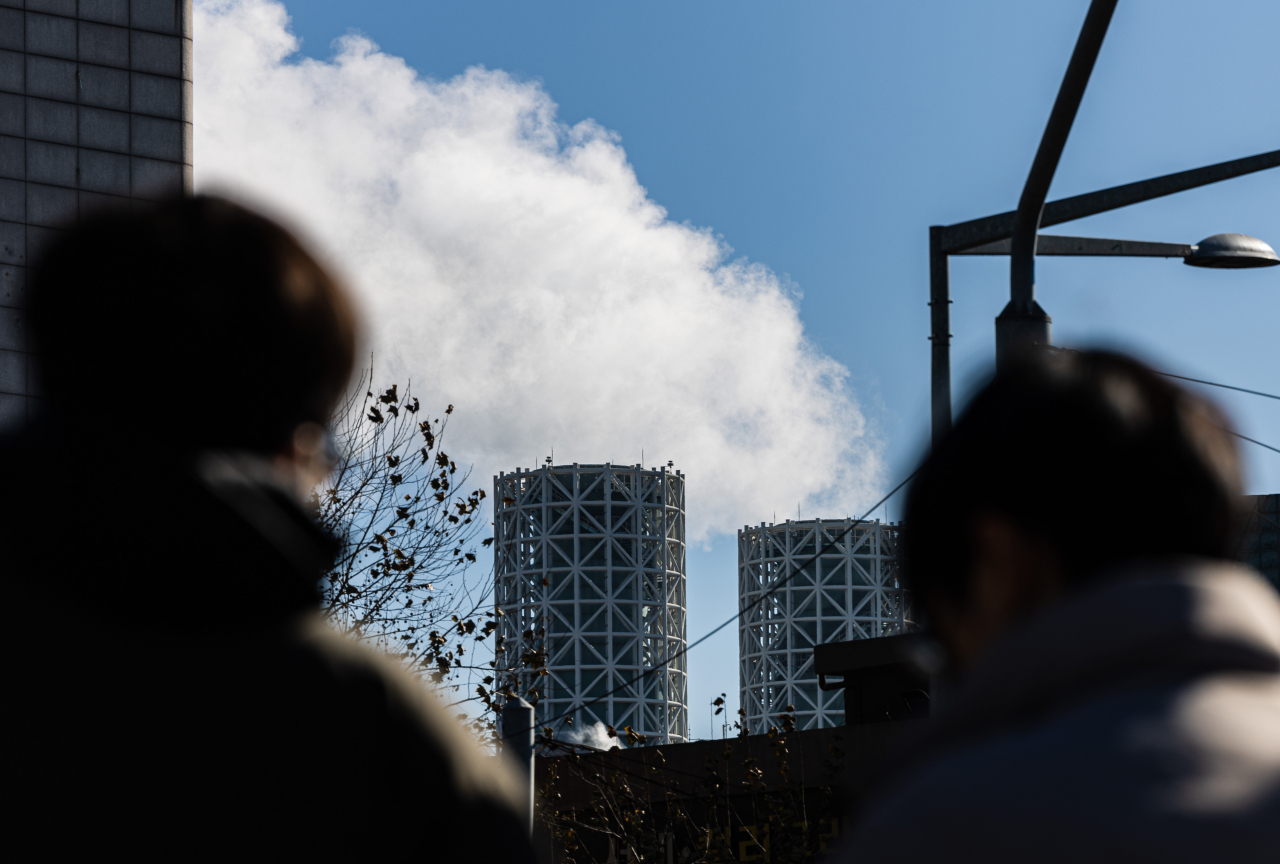No more winter in southern Korea if carbon emissions continue
By Lee Jung-younPublished : Jan. 10, 2023 - 14:58

The Korea Meteorological Administration predicted that winter will disappear in South Korea’s southern region unless greenhouse gas emissions are reduced.
Based on the high-carbon emission scenario of the 6th evaluation report of the United Nations’ Intergovernmental Panel on Climate Change, the KMA predicted climate change in 17 metropolitan cities; 220 cities and counties; and 3,500 towns and villages nationwide. The high-carbon emission scenario, also known as SSP5-8.5, is a scenario that predicts future climate change under the premise that greenhouse gas emissions will continue similar to current levels.
According to the high-carbon scenario, winter will disappear in southern South Korea in the late 21st century from 2081 to 2100. Meteorologists define the beginning of winter as the moment when the average daily temperature falls below 5 degrees Celsius and does not rise again. According to this standard, Busan, Daegu, Gwangju, Ulsan, North and South Jeolla Province, South Gyeongsang Province and Jeju will not be able to see winter from around the 2080s.
Winters will be replaced by longer and hotter summers. Days with heat waves and tropical nights are expected to increase by about seven to 10 times compared to the present. Heat waves are days when the daily minimum temperature is above 33 C, and tropical nights are days when the night minimum temperature is above 25 C.
The heat wave period in Seoul usually continues for around 15 days currently, but it will increase to 109.8 days in the late 21st century. The heat wave period in Busan will increase nearly 10 times from 8.1 days to 80 days, while tropical nights are expected to record a minimum of 55.2 days to a maximum of 103.3 days by region in the same period.
Meanwhile, under the low-carbon scenario, known as SSP1-2.6 -- a scenario under the premise that there will be a meaningful reduction in greenhouse gas emissions and that the world will be carbon neutral by around 2070 -- the overall outlook remained unchanged. The low-carbon scenario will still have rising temperatures, shorter winters and longer summers. However, the degree of change will be significantly more moderate compared to the SSP5-8.5 scenario.
The KMA is planning to present a more detailed prediction for climate change within this year, taking the complex geographical traits of the Korean Peninsula and past records into account.


![[AtoZ into Korean mind] Humor in Korea: Navigating the line between what's funny and not](http://res.heraldm.com/phpwas/restmb_idxmake.php?idx=644&simg=/content/image/2024/04/22/20240422050642_0.jpg&u=)

![[Exclusive] Korean military set to ban iPhones over 'security' concerns](http://res.heraldm.com/phpwas/restmb_idxmake.php?idx=644&simg=/content/image/2024/04/23/20240423050599_0.jpg&u=20240423183955)

![[Herald Interview] Why Toss invited hackers to penetrate its system](http://res.heraldm.com/phpwas/restmb_idxmake.php?idx=644&simg=/content/image/2024/04/22/20240422050569_0.jpg&u=20240422150649)
![[Graphic News] 77% of young Koreans still financially dependent](http://res.heraldm.com/phpwas/restmb_idxmake.php?idx=644&simg=/content/image/2024/04/22/20240422050762_0.gif&u=)







![[Exclusive] Korean military to ban iPhones over security issues](http://res.heraldm.com/phpwas/restmb_idxmake.php?idx=652&simg=/content/image/2024/04/23/20240423050599_0.jpg&u=20240423183955)



![[Today’s K-pop] Ateez confirms US tour details](http://res.heraldm.com/phpwas/restmb_idxmake.php?idx=642&simg=/content/image/2024/04/23/20240423050700_0.jpg&u=)